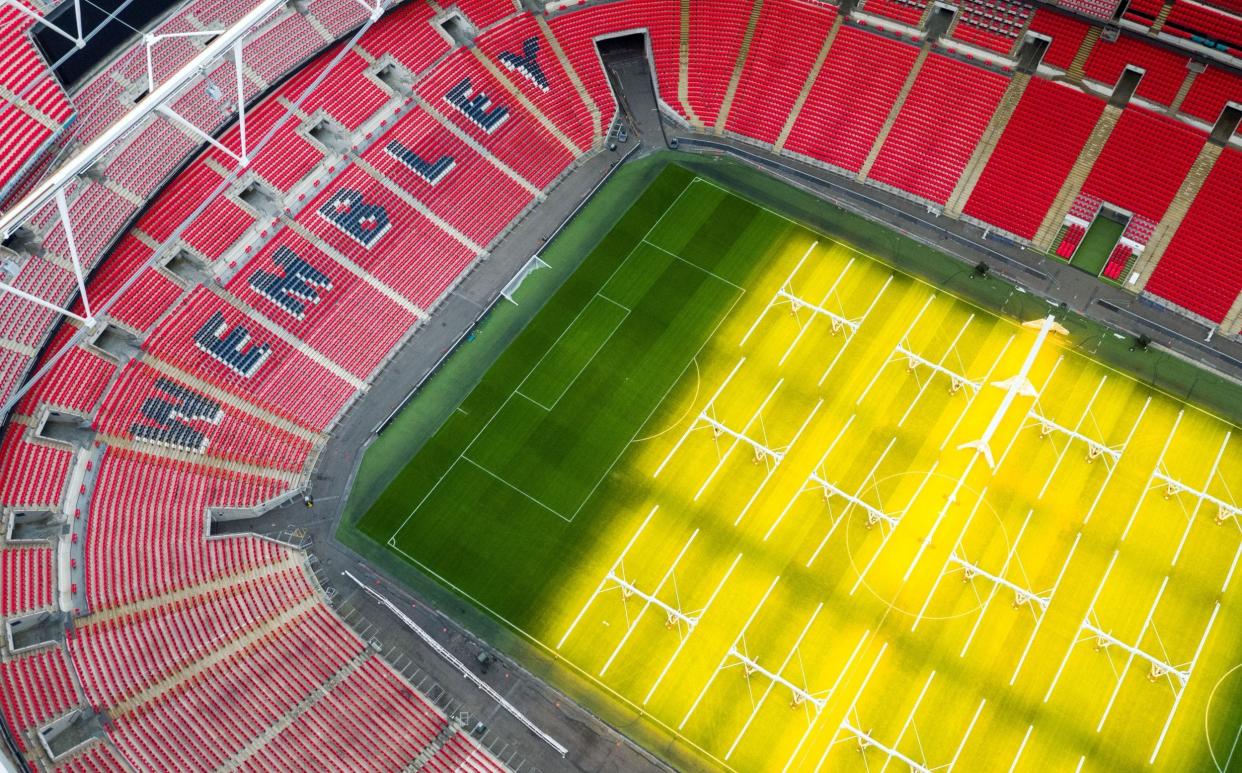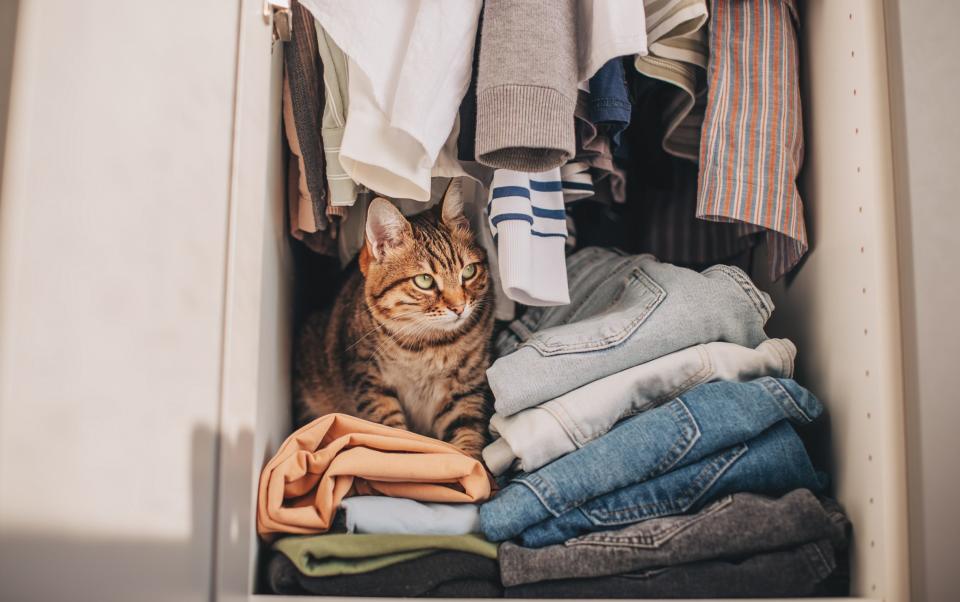Perception of time slows when looking at large spaces, study finds

Time flies, it is said, but not when looking at large or unusual images, scientists have found.
Our perception of time actually slows down when viewing big, uncluttered scenes, in a finding that could have practical implications for advertisers or teachers who hope to create a memorable impression.
The effect is known as time dilation and it often occurs when people are frightened or bored.
But for the first time experiments have shown it also happens when looking at certain pictures, suggesting that vision is a key factor in regulating how time is perceived in the brain.

In new experiments, participants were asked to look at a series of images that briefly flashed up on a computer monitor and estimate how long they had each appeared on the screen.
The images varied in scene size, ranging from a cupboard to an aircraft hangar or football stadium. They also differed in how cluttered they were – from an empty room to a packaged garage.
The larger the scene, the longer people assumed they had seen it, whereas cluttered scenes were perceived as being on the screen for less time.
When the participants were asked to recall the pictures the following day, the images that had caused time dilation were remembered more easily.
‘Potential applications in advertising’
Dr Martin Wiener, assistant professor at the department of psychology at George Mason University in Virginia, said: “When we see things that are more important and more relevant, we dilate our sense of time in order to get more information.
“There’s potential applications. One could tailor advertisements based on how memorable they are likely to be, or how long people perceived them as.
“It suggests that subjective time predicts memorability and that we use time to gather information about the world around us.”
The team are unsure why larger scenes are more memorable, but believe the brain must be assigning more importance to them and attempting to gather more information.
In contrast, when images are too cluttered, the amount of energy needed to process all the elements places too great a strain on the brain, causing time to compress to avoid being overwhelmed.
The team at George Mason have found that stimulating certain parts of the brain can increase time dilation and they are keen to find out if doing so would also increase memory.
‘Brain is able to dilate time’
Understanding how the brain constructs time could also be useful for understanding certain illnesses where time is distorted, such as in schizophrenia, Parkinson’s disease and ADHD.
Dr Wiener added: “The brain only has a limited amount of time in order to process anything in any given moment. Our subjective present moment really is only around one second. So you only have a small amount of time in order to process anything that you’re looking at or perceiving.
“And so one possibility is that when something important happens, something that is necessary for you to focus on, the brain is able to dilate time in order to gather more information. And by doing so, those things that you process are remembered better.
“The human visual system seems to have a hard time with very cluttered images processing as it may be that it’s just a noisier stimulus so the reaction to that is to compress time, to conserve energy. But it is still a little bit of a mystery.”

